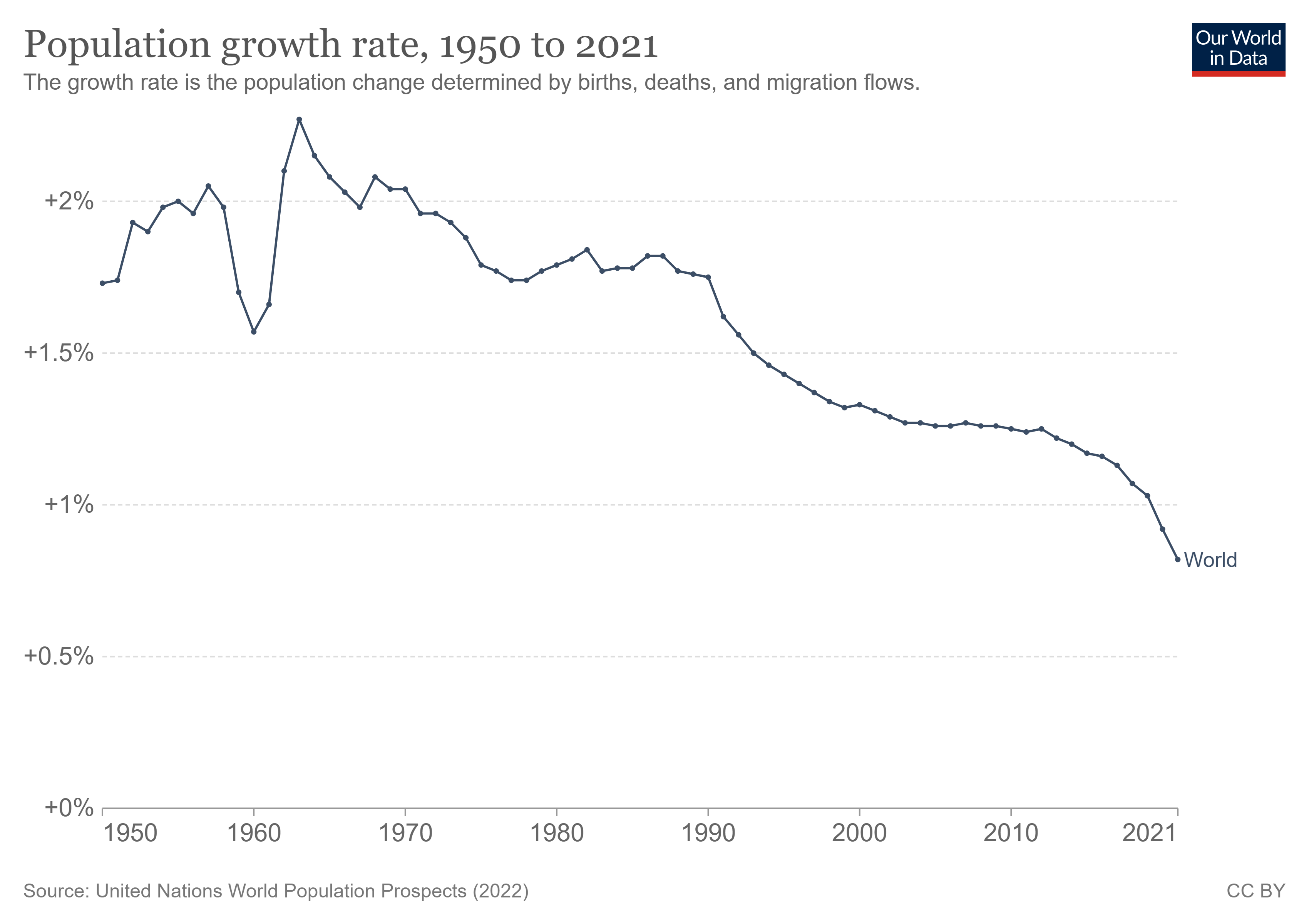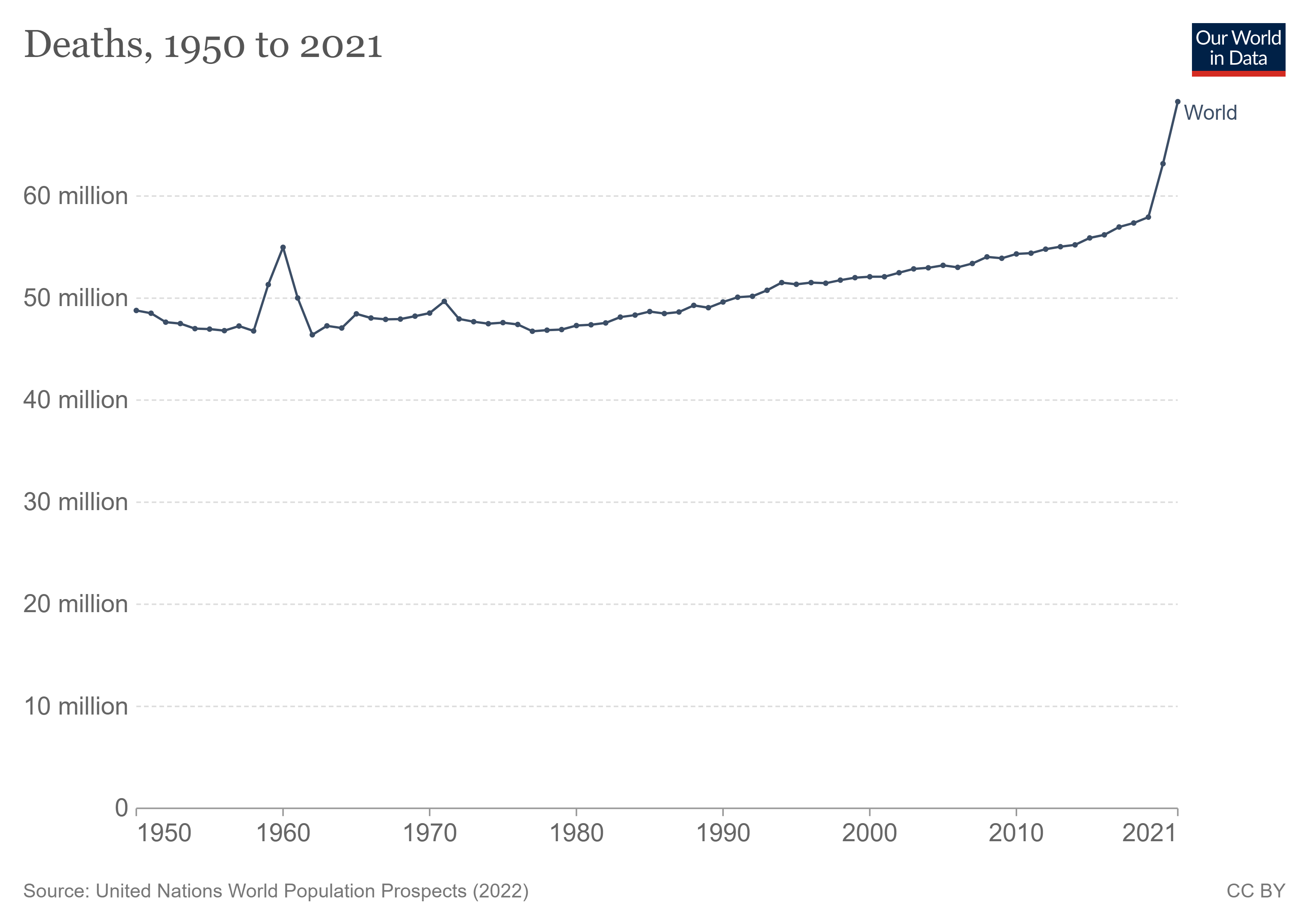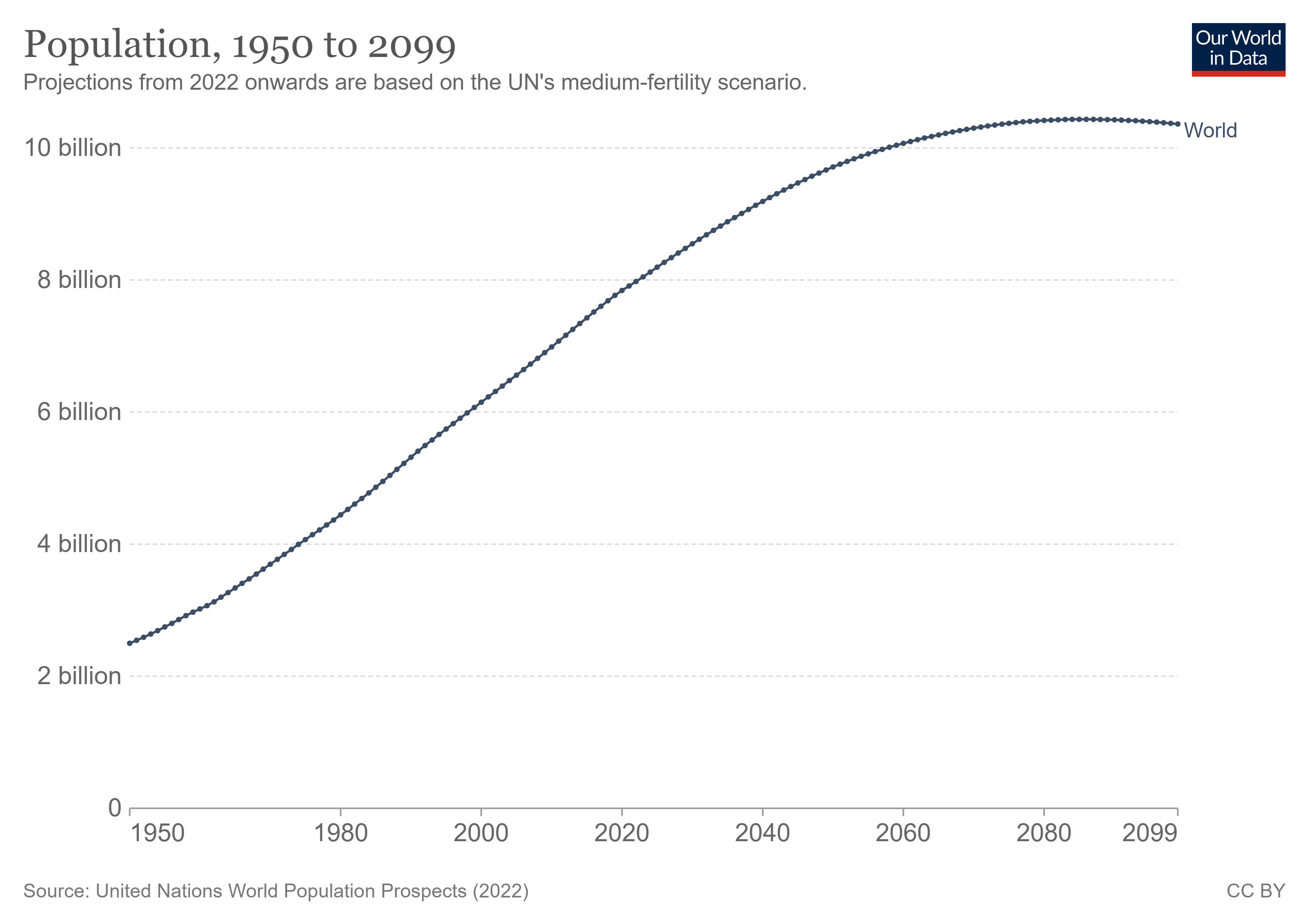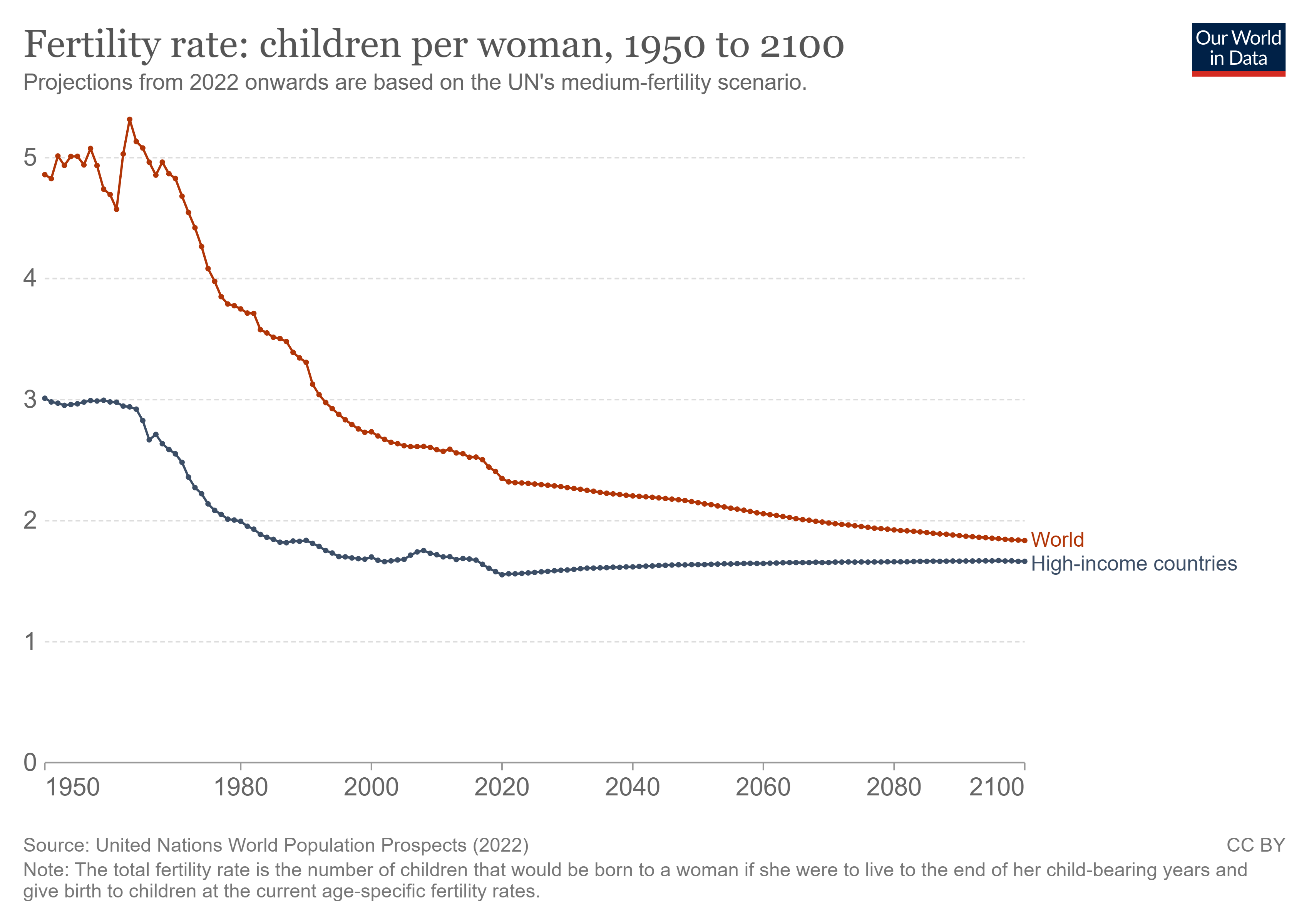Five key findings from the 2022 UN Population Prospects

How many people are there in the world? How many die each year, and how many babies are born?
These are key questions that we need to understand the world around us. The global population dataset is one of our most important at Our World in Data: it underpins nearly every topic we cover.
The UN releases an update of its World Population Prospects every two years. Its latest release was due in 2021 but was delayed as a result of the COVID-19 pandemic. But, today – on World Population Day – the long-awaited dataset has been released.
In this article, we highlight some of the key findings of the twenty-seventh publication of the ‘World Population Prospects’.
With early access to this new UN data we have also published a new Population and Demography Data Explorer, where you can explore this full dataset in detail, for any country in the world.
The world population will pass 8 billion at the end of 2022
Since 1975 the world has been adding another billion people every 12 years.
It passed its last milestone – 7 billion in 2011. And, by the end of 2022, it will pass another one: there will be 8 billion people in the world.
While this rate of absolute growth is similar to previous decades, the growth rate continues to fall. Since 2019, the global population growth rate has fallen below 1%.
That’s less than half its peak rate of growth – of 2.3% – in the 1960s.
As global fertility rates continue to fall (see below), this rate will continue to fall.

The UN estimates around 15 million excess deaths in 2020 and 2021 from the COVID-19 pandemic
The Coronavirus (COVID-19) pandemic has had a significant impact on global population and migration trends.
We know that the confirmed death toll from COVID-19 is likely to significantly underestimate the true number of deaths because of limited testing. One way to get a better estimate of the total mortality impact of the pandemic is to look at excess mortality data. We can look at the total number of deaths and compare this to the number we expect to occur in a non-pandemic year.
In its latest population dataset, the UN estimates that in 2020, there were approximately 5 million excess deaths. In 2021, this figure was 10 million.
This estimate of 15 million excess deaths over 2020 and 2021 is in line with estimates from other organizations. The Economist put its central estimate of excess deaths at 17.6 million. The World Health Organization, which is a UN organization, estimated 14.9 million excess deaths.
These death figures are highly uncertain. But what’s clear is that the number of confirmed deaths – which was just 5.4 million by the end of 2021 – captures just a fraction of the true impact of the pandemic.

The global population is projected to peak at around 10.4 billion in 2086
The world population has increased rapidly over the last century. When will it come to an end?
Previous versions of the UN World Population Prospects showed a significant slowdown in population growth, with very slow growth – almost reaching a plateau – by the end of the century. In its previous release, it projected that the world population would be around 10.88 billion in 2100, and would not yet have peaked.
In this new release, the UN projects that the global population will peak before the end of the century – in 2086 at just over 10.4 billion people.1
There are several reasons for this earlier, and lower, peak. One is that the UN expects fertility rates to fall more quickly in low-income countries compared to previous revisions. It also expects less of a ‘rebound’ in fertility rates across high-income countries in the second half of the century.

The global fertility rate has continued to decline to 2.3 births per woman
A key determinant of the global population rate is the average number of children that women have over their lifetime – the ‘fertility rate’.
Fertility rates have fallen rapidly across the world in recent decades. In 1950, the average woman gave birth around 5 times. Since then, fertility rates have more than halved. In 2021, this global figure was 2.3 births per woman.
If you switch to the map tab in the interactive chart you see that most people in the world now live in countries where fertility rates are at – or below – the ‘replacement level’. This is the level at which populations would stabilize or shrink over the long-term. The UN reports that two-thirds of people live in countries where the fertility rate is below 2.1 births per woman. In some high-income countries such as South Korea, Japan, Spain, or Italy, it is as low as 1.3 births per woman.

Next year India is expected to take over from China as the world’s most populous country
China has been the world’s most populous country for decades. It is now home to more than 1.4 billion people. However, its population growth rate has fallen significantly following a rapid drop in its fertility rate over the 1970s and 80s.
The fertility rate in India has also fallen substantially in recent decades – from 5.7 births per woman in 1950 to just 2 births per woman today. However, the rate of this decline has been slower.
Because of this, India will very soon overtake China as the most populous country in the world. The UN expects this to happen in 2023.

Republished with permission of Our World In Data under a Creative Commons license. Read the original article.





